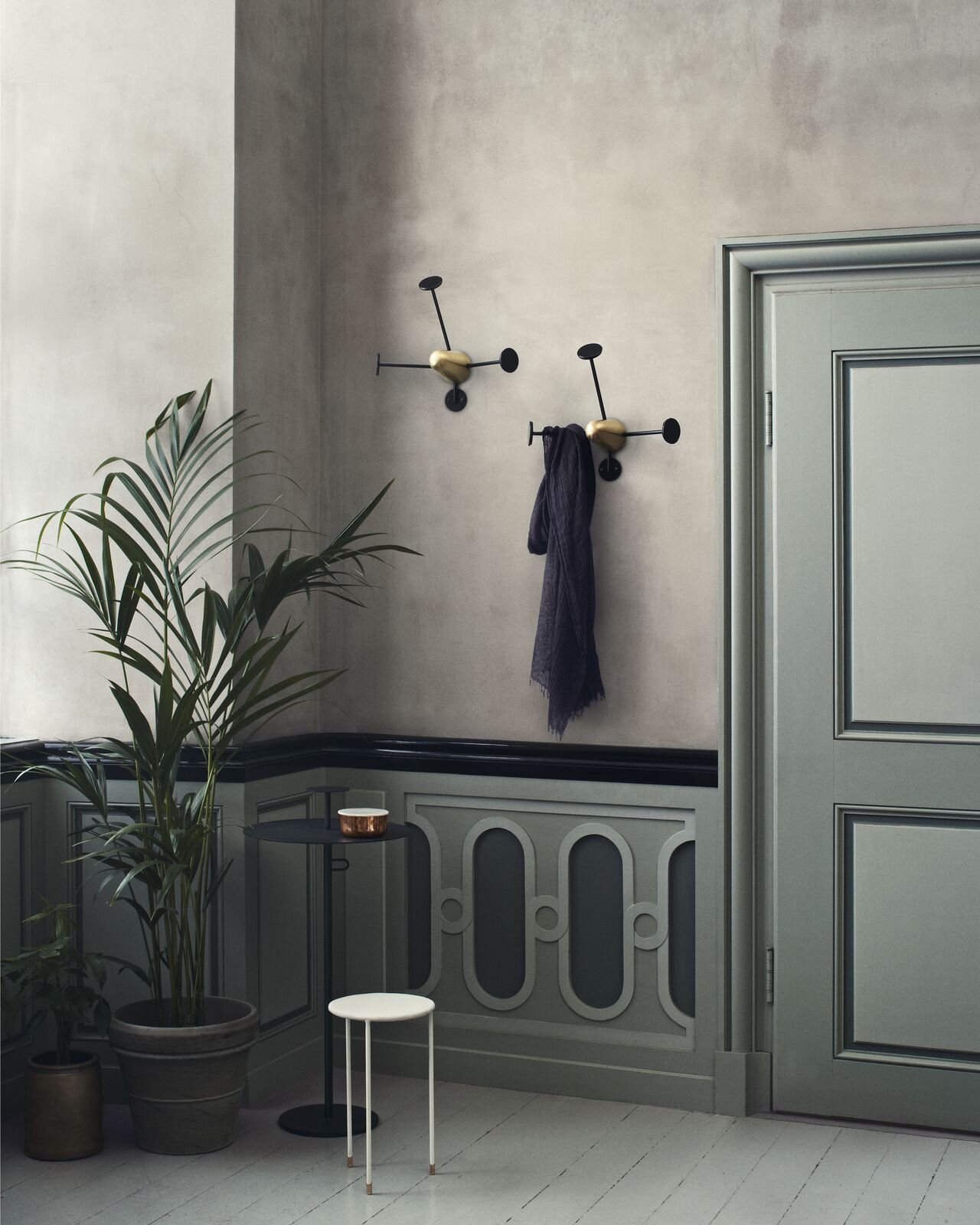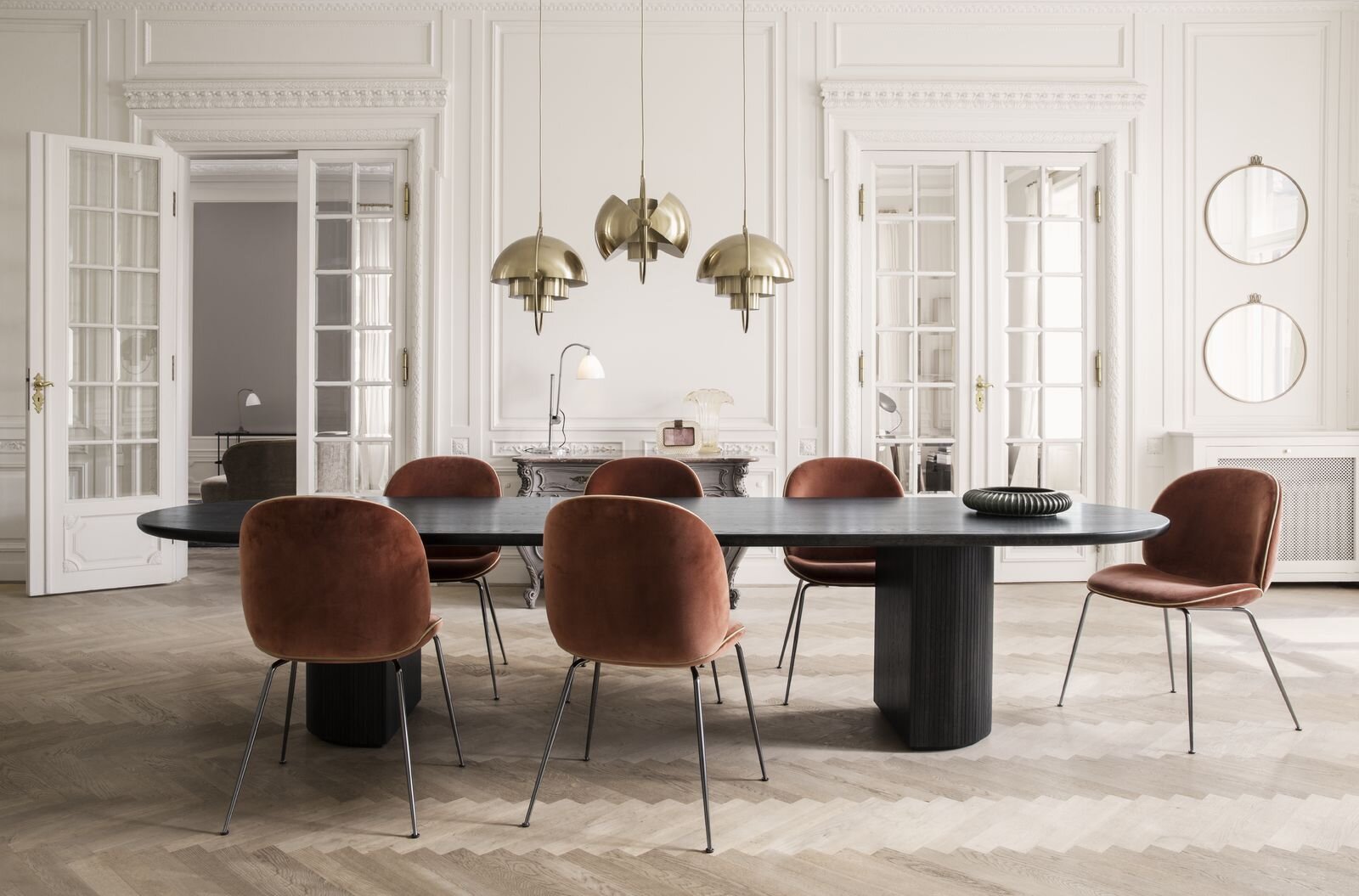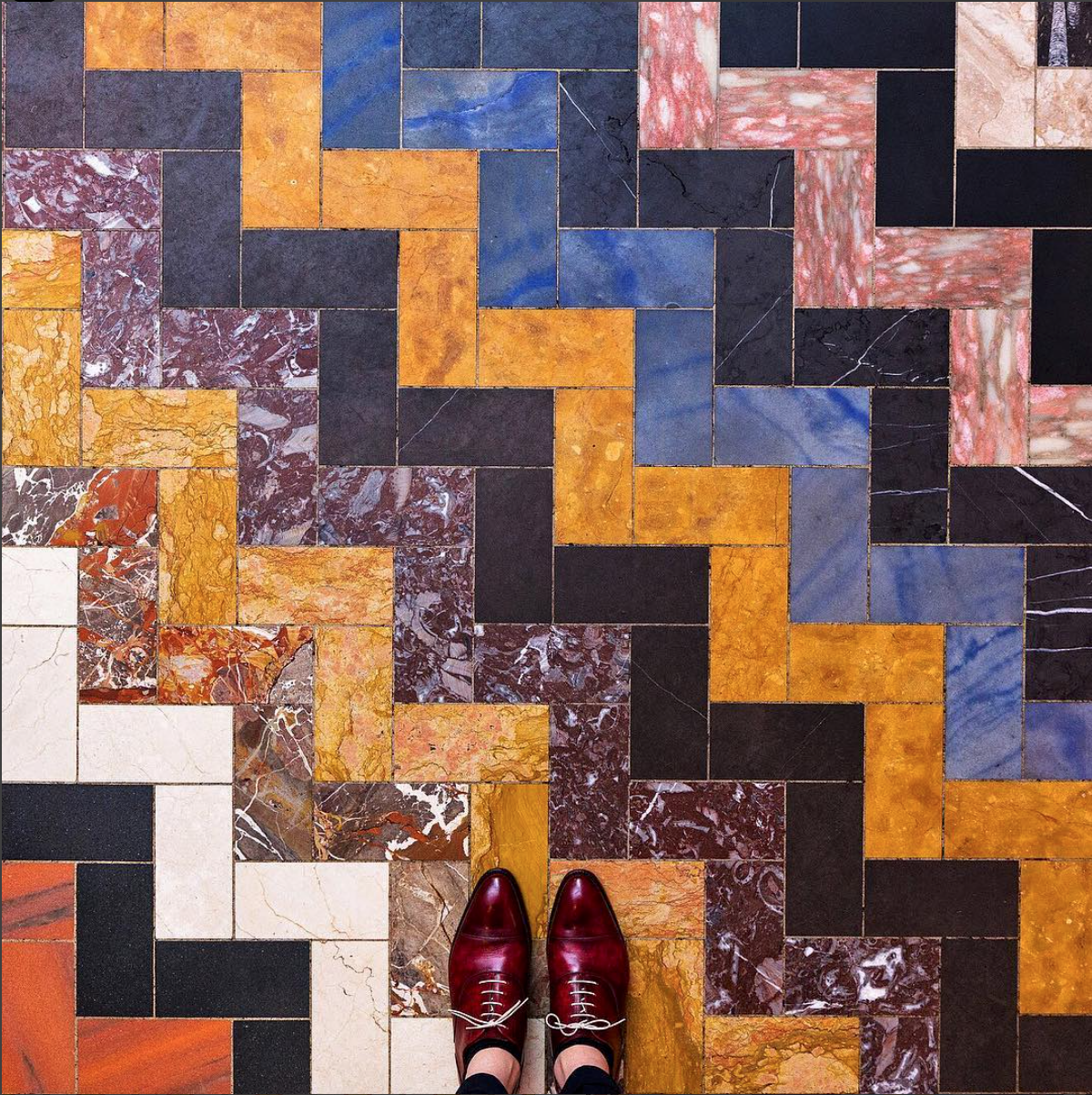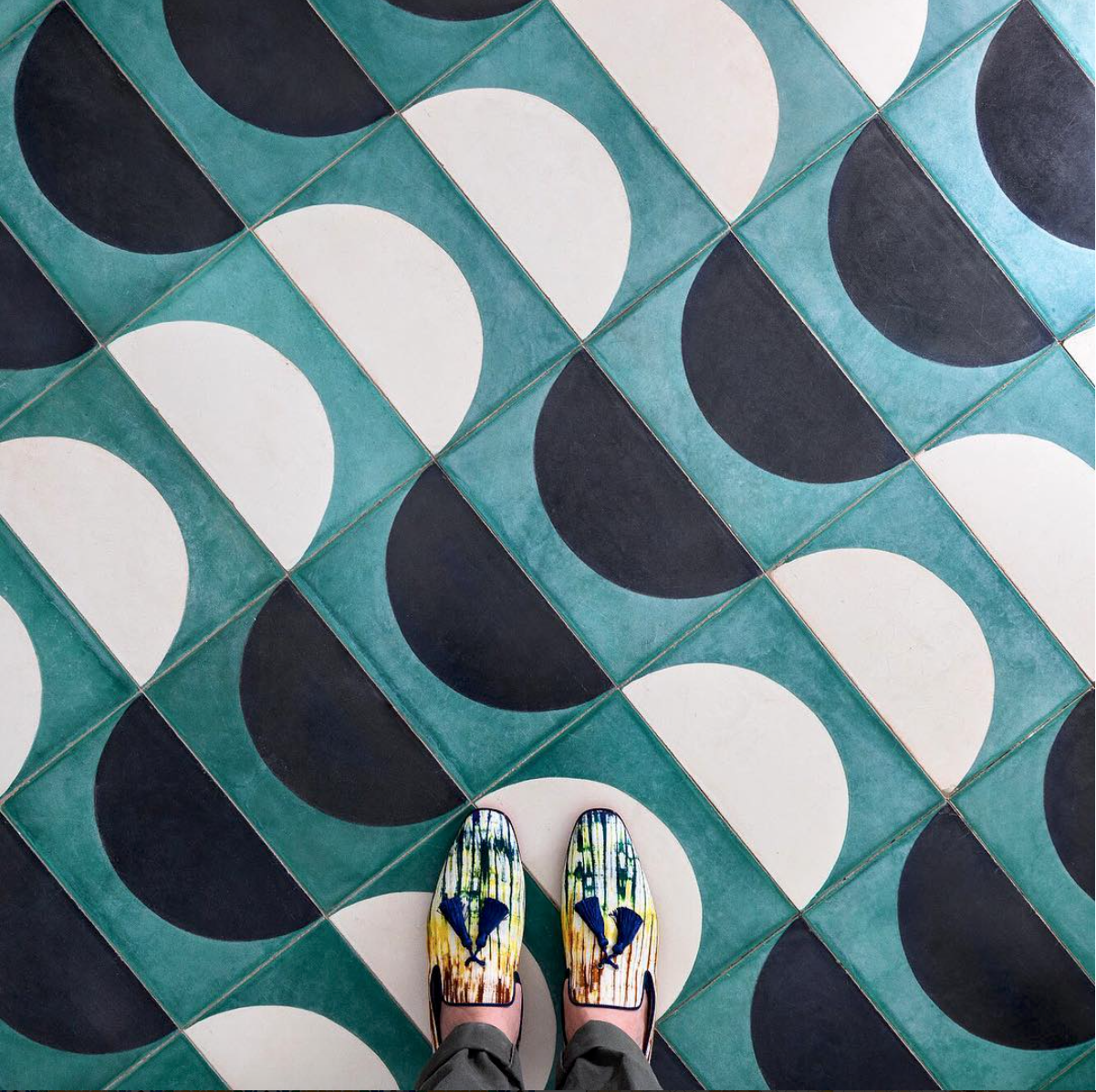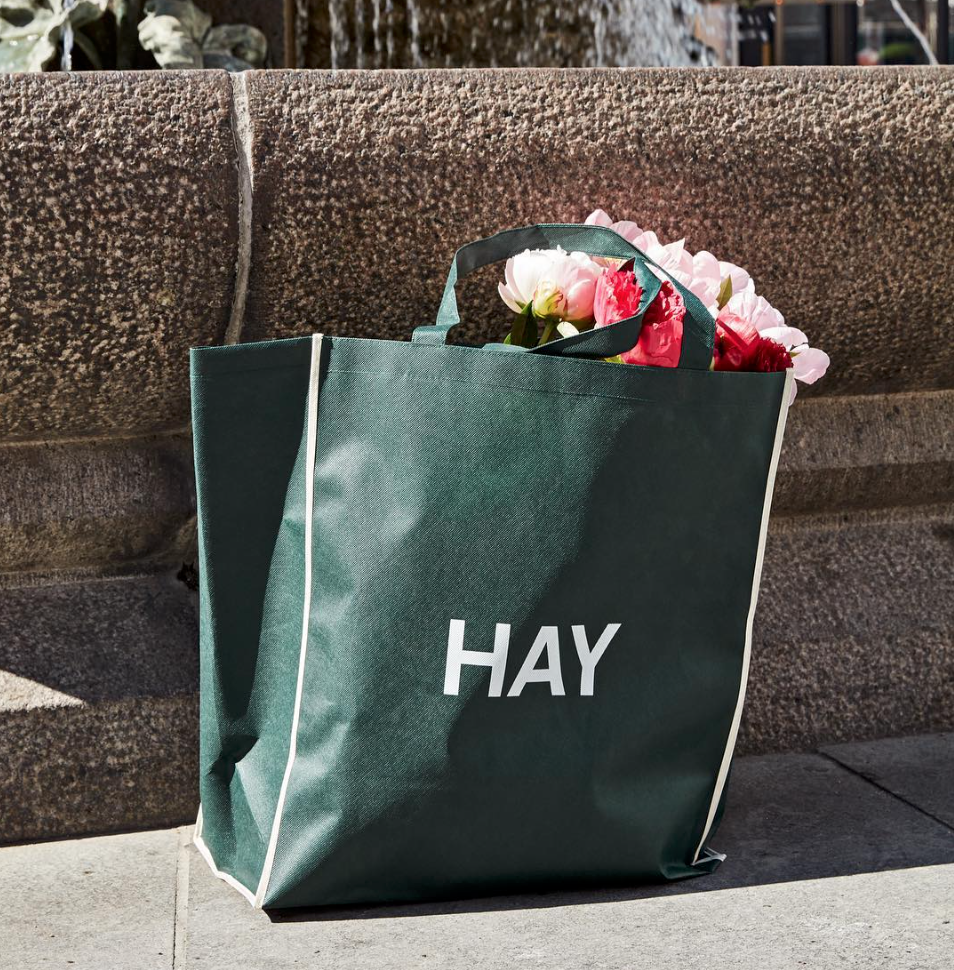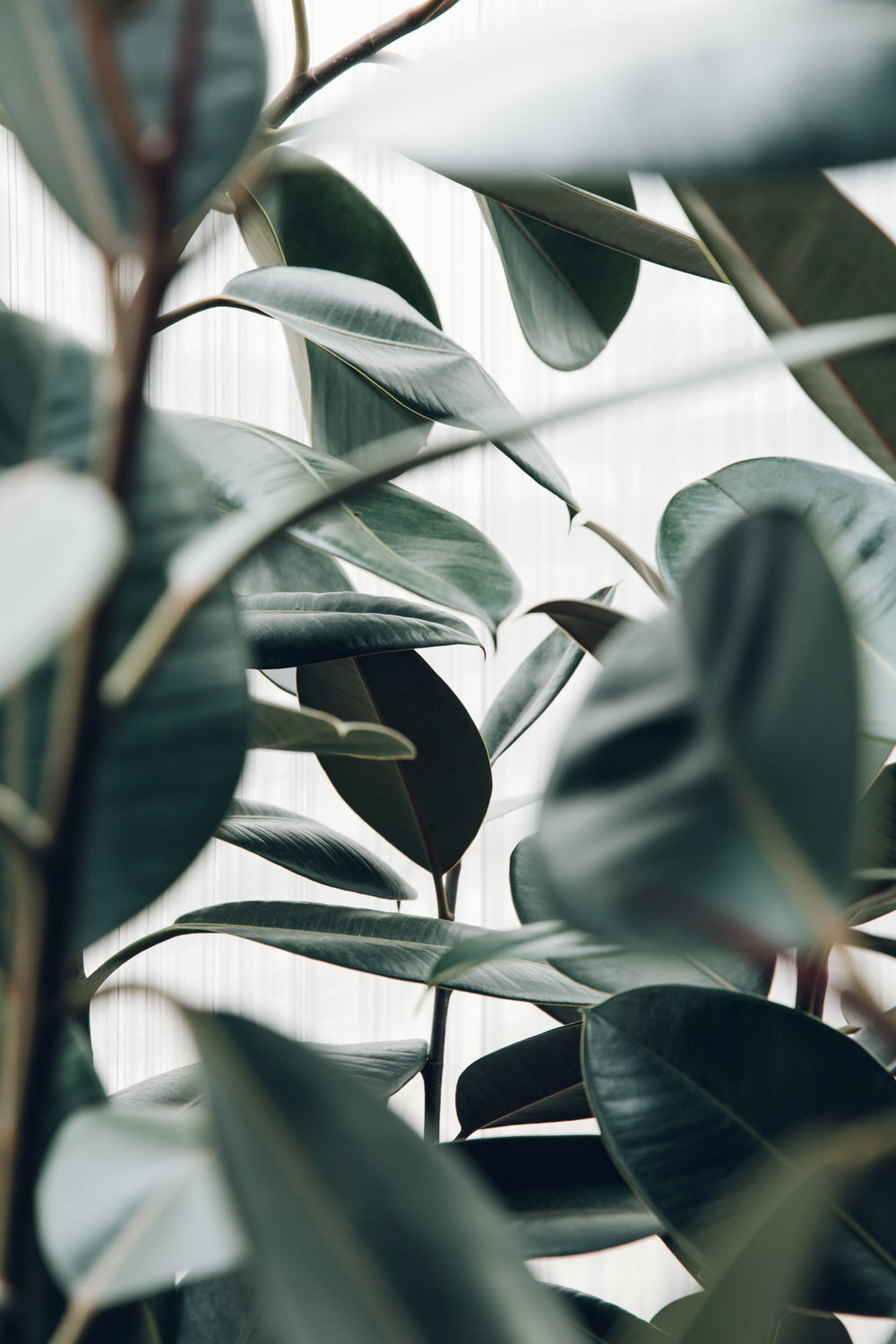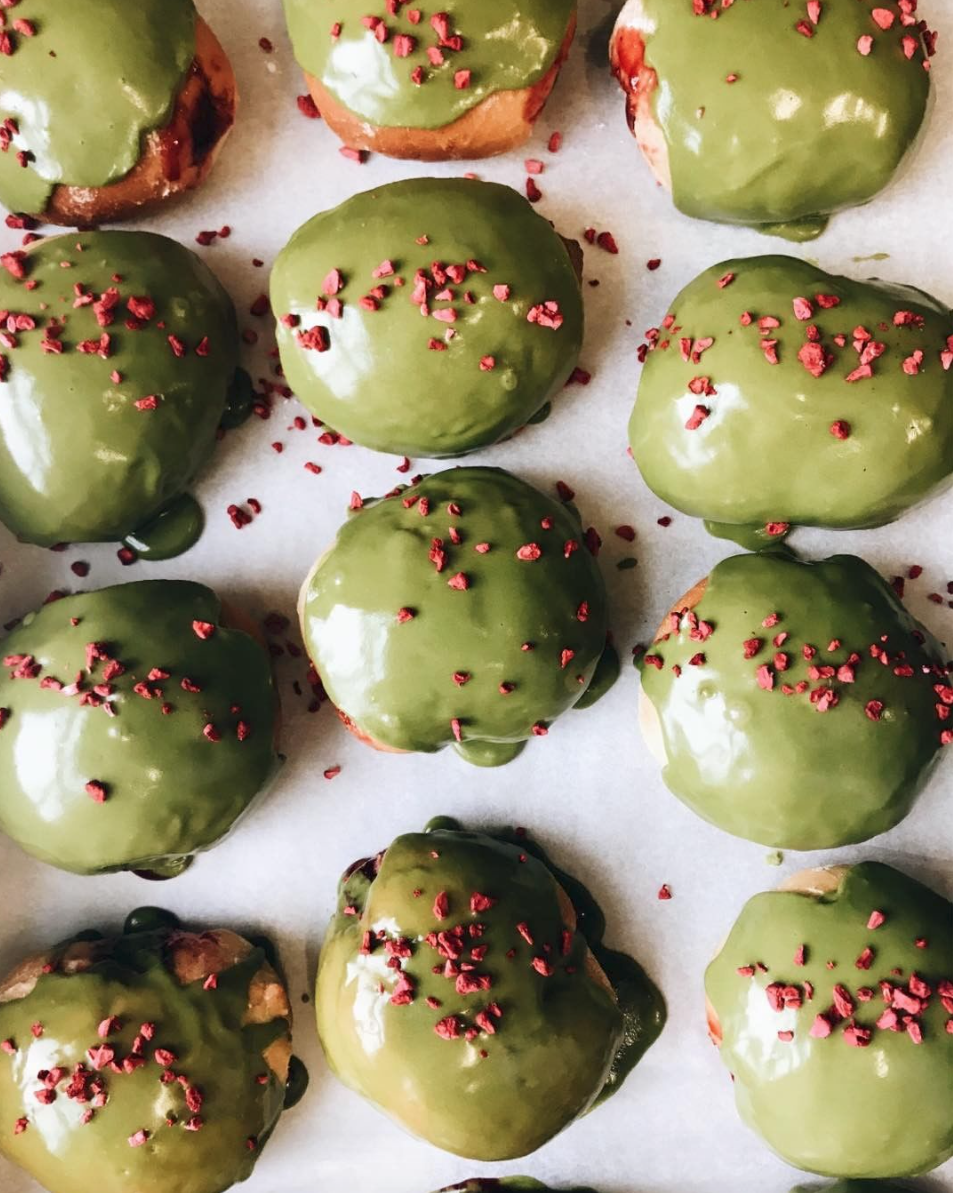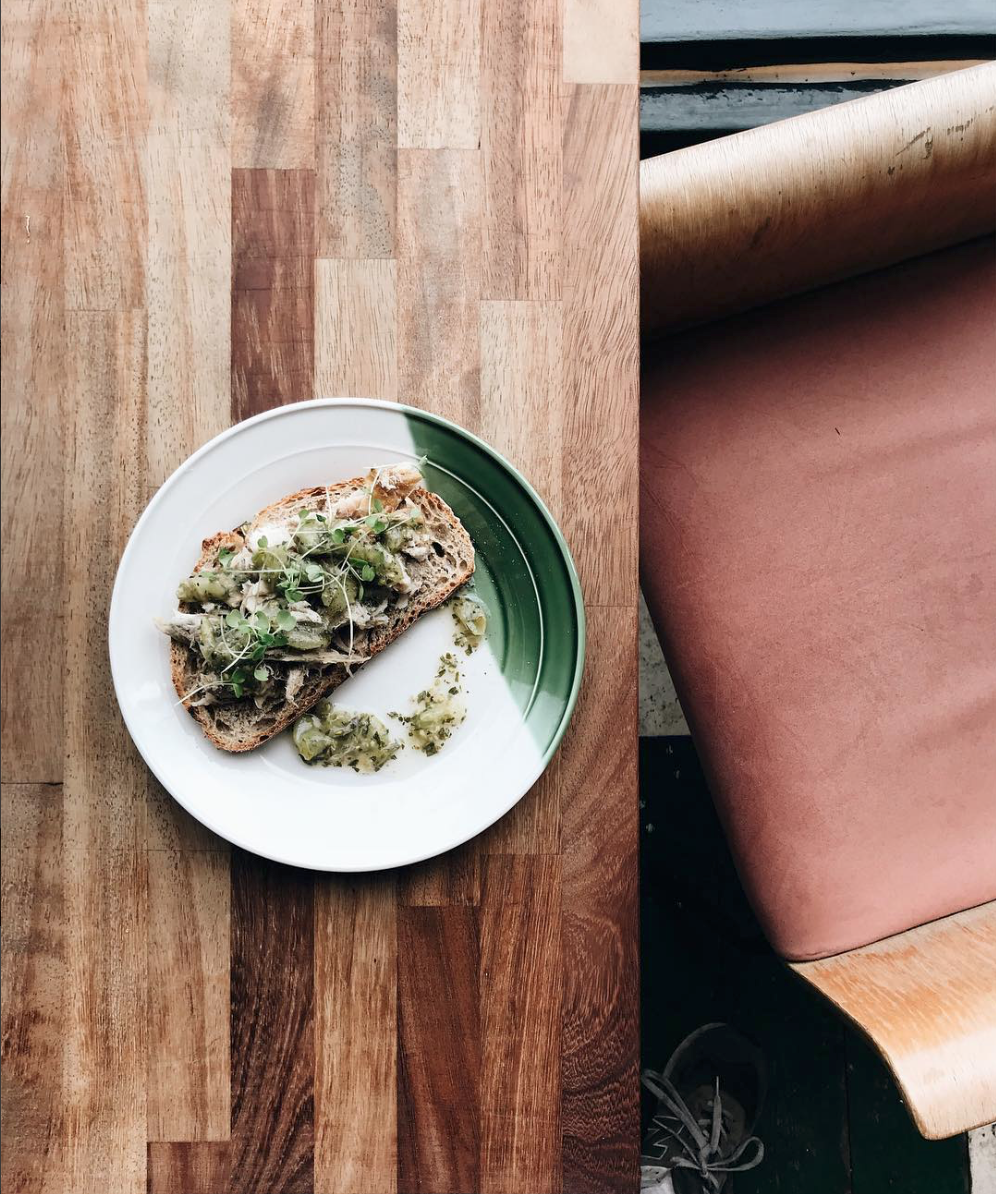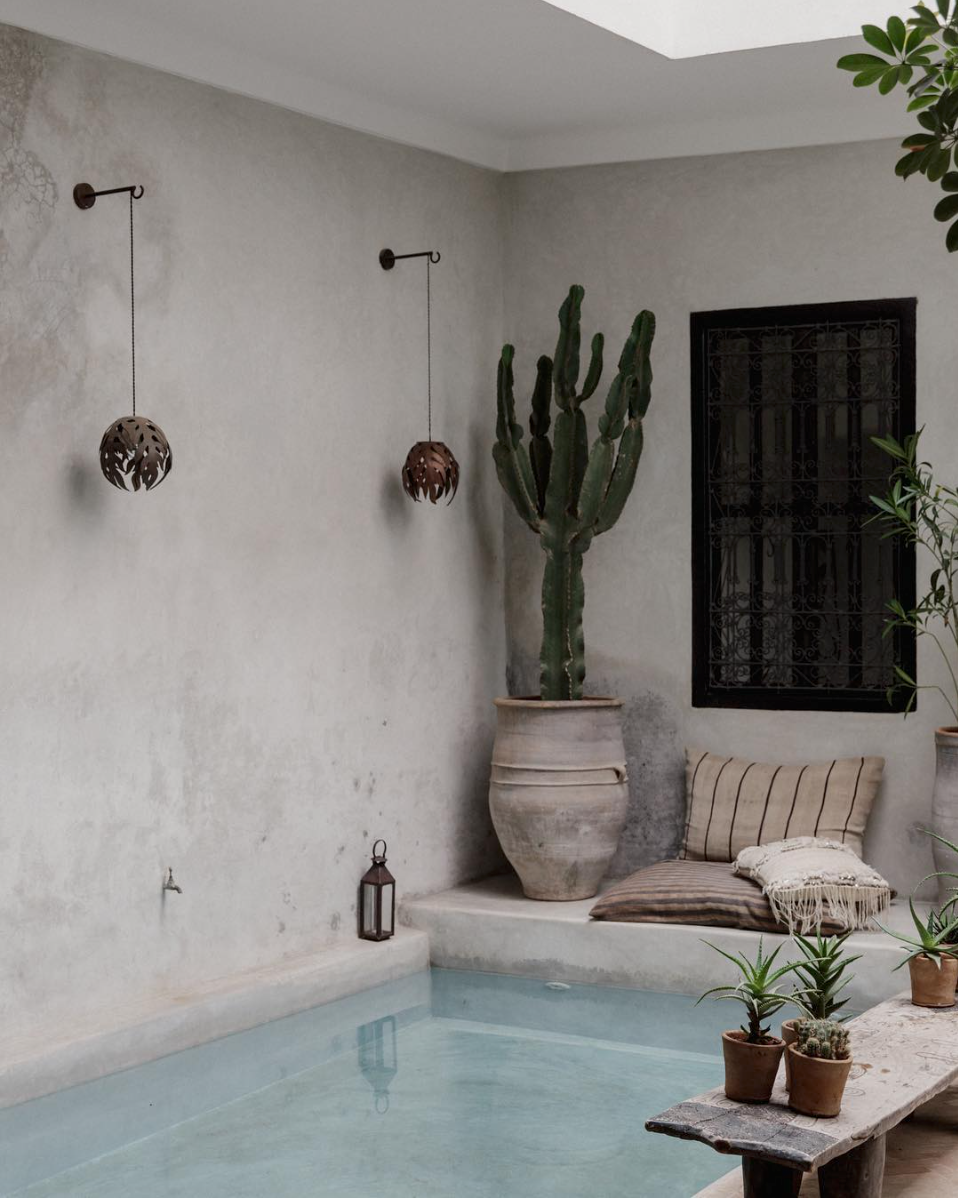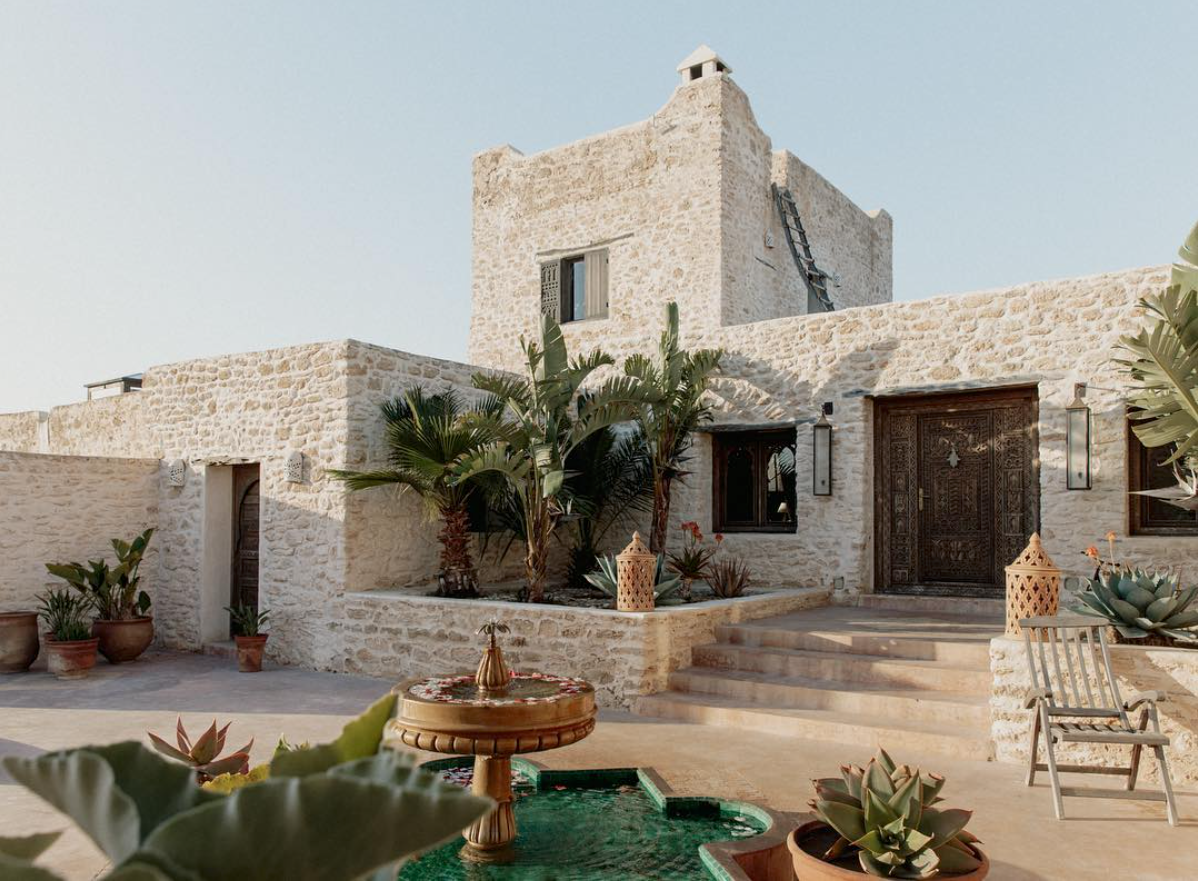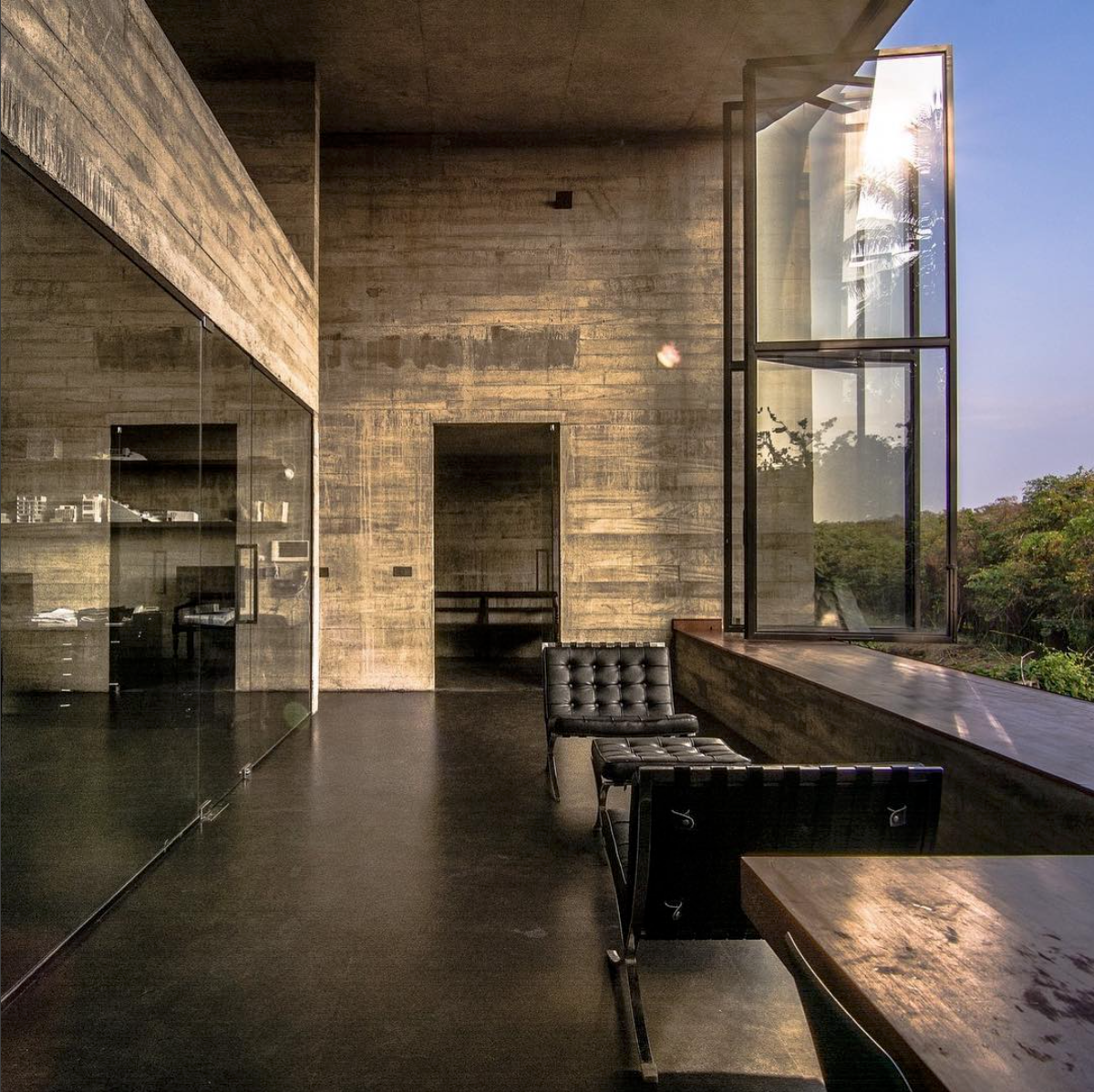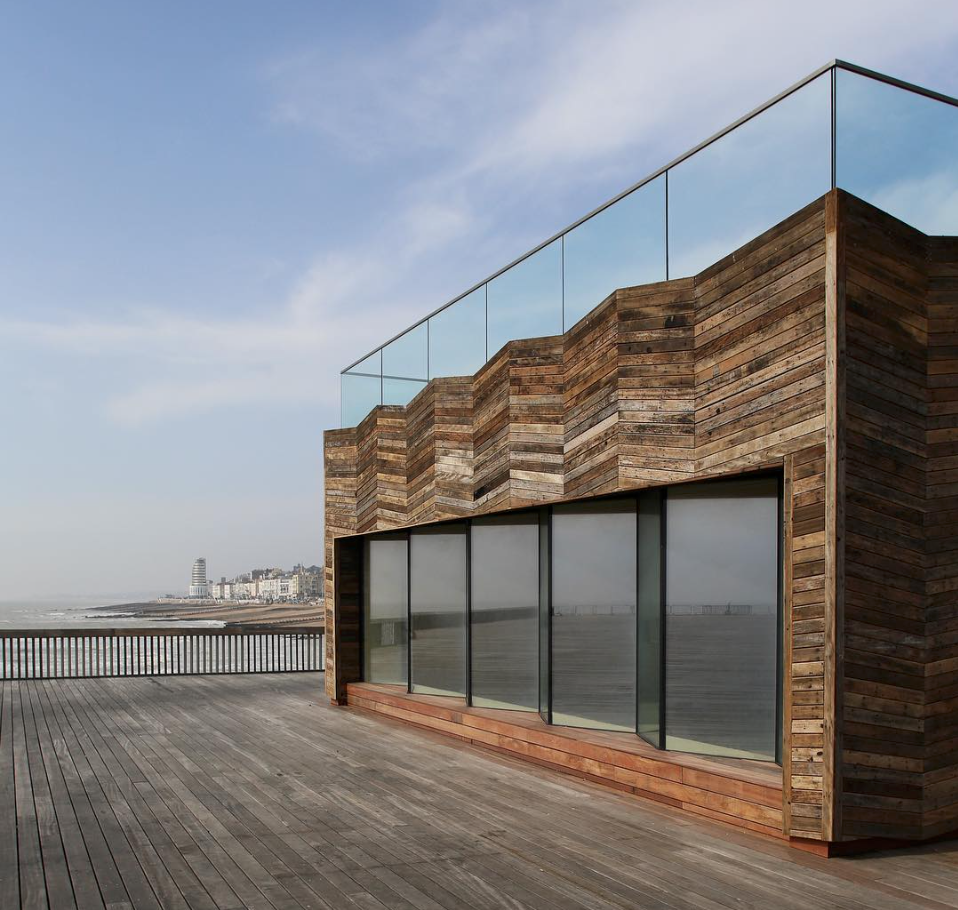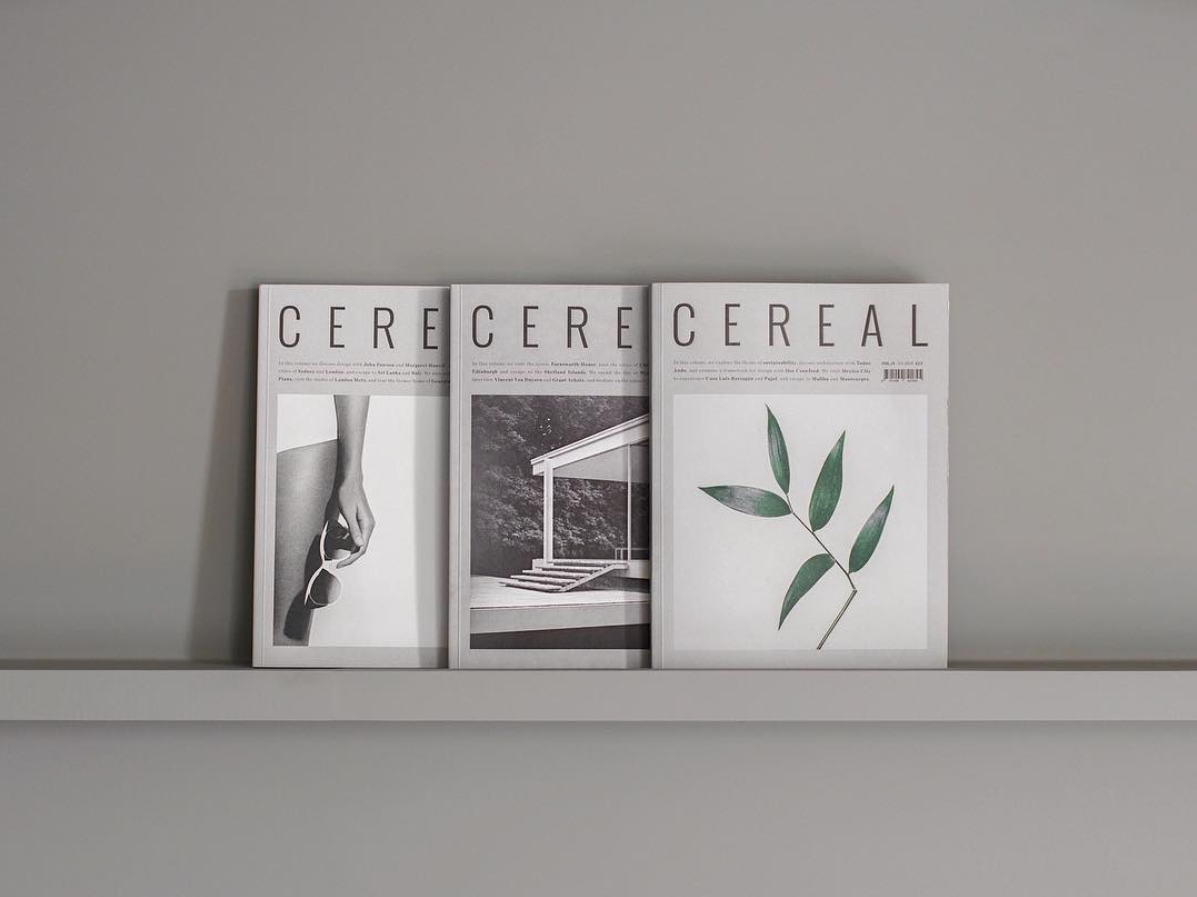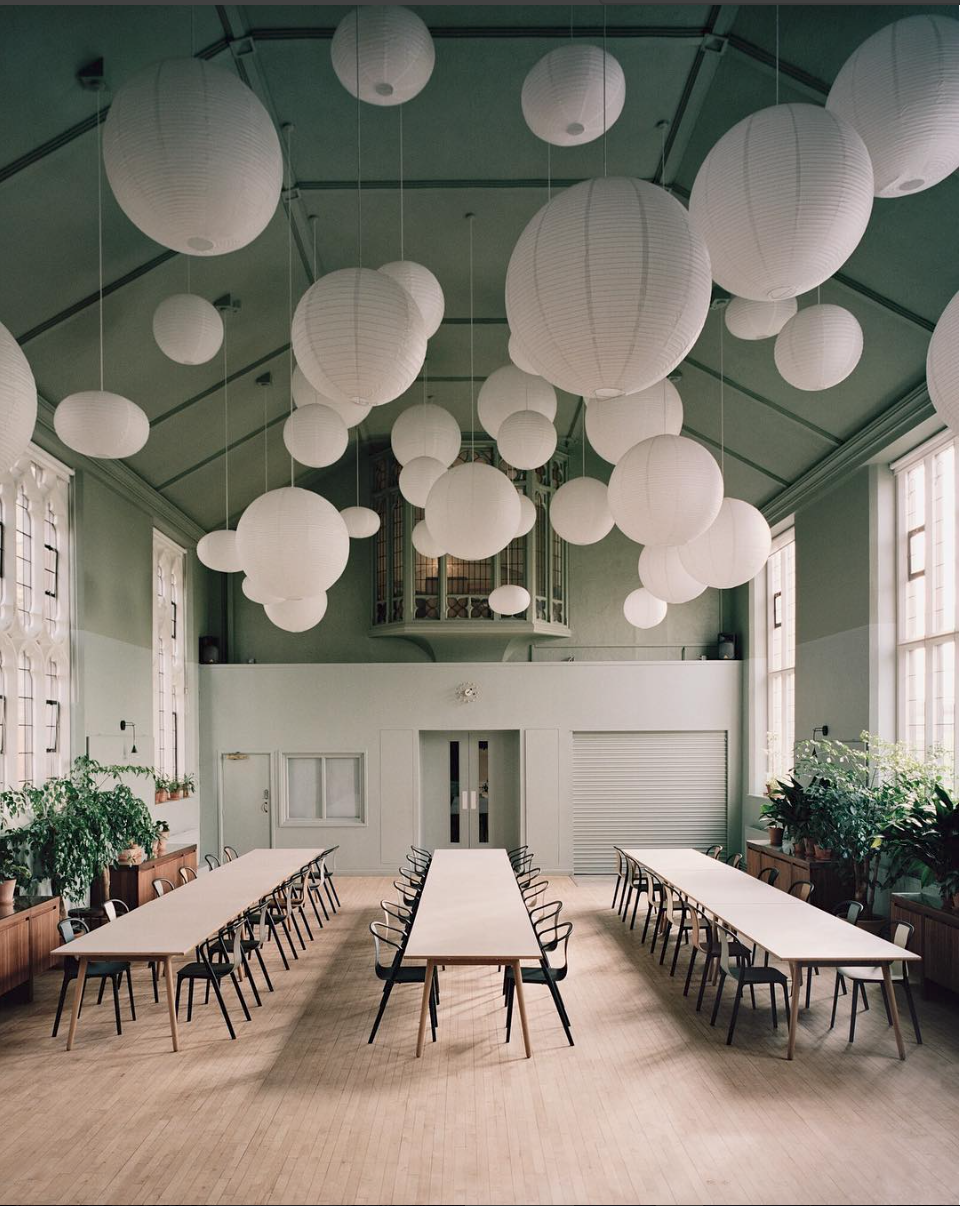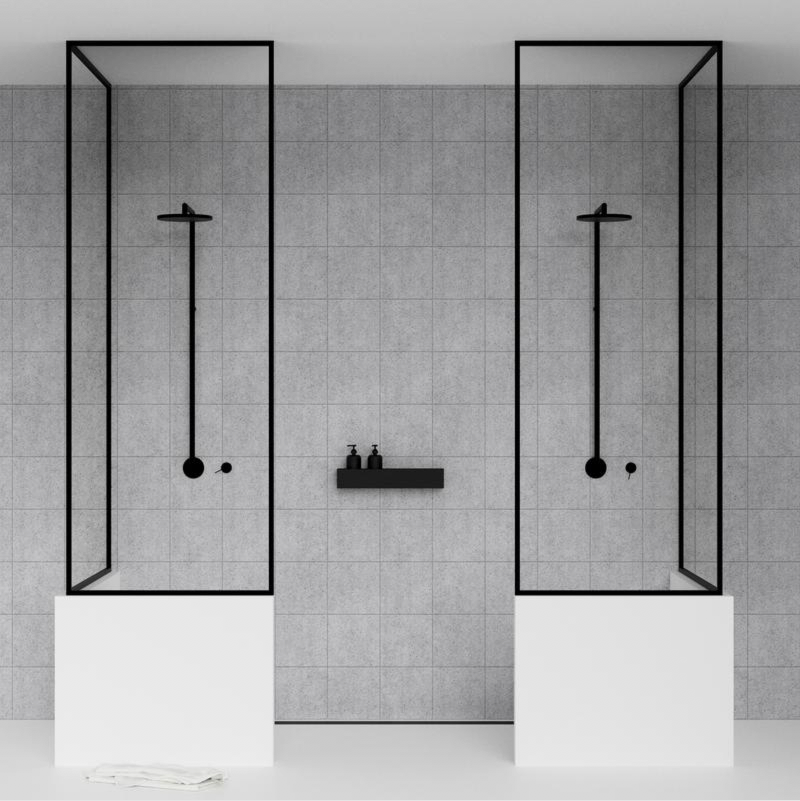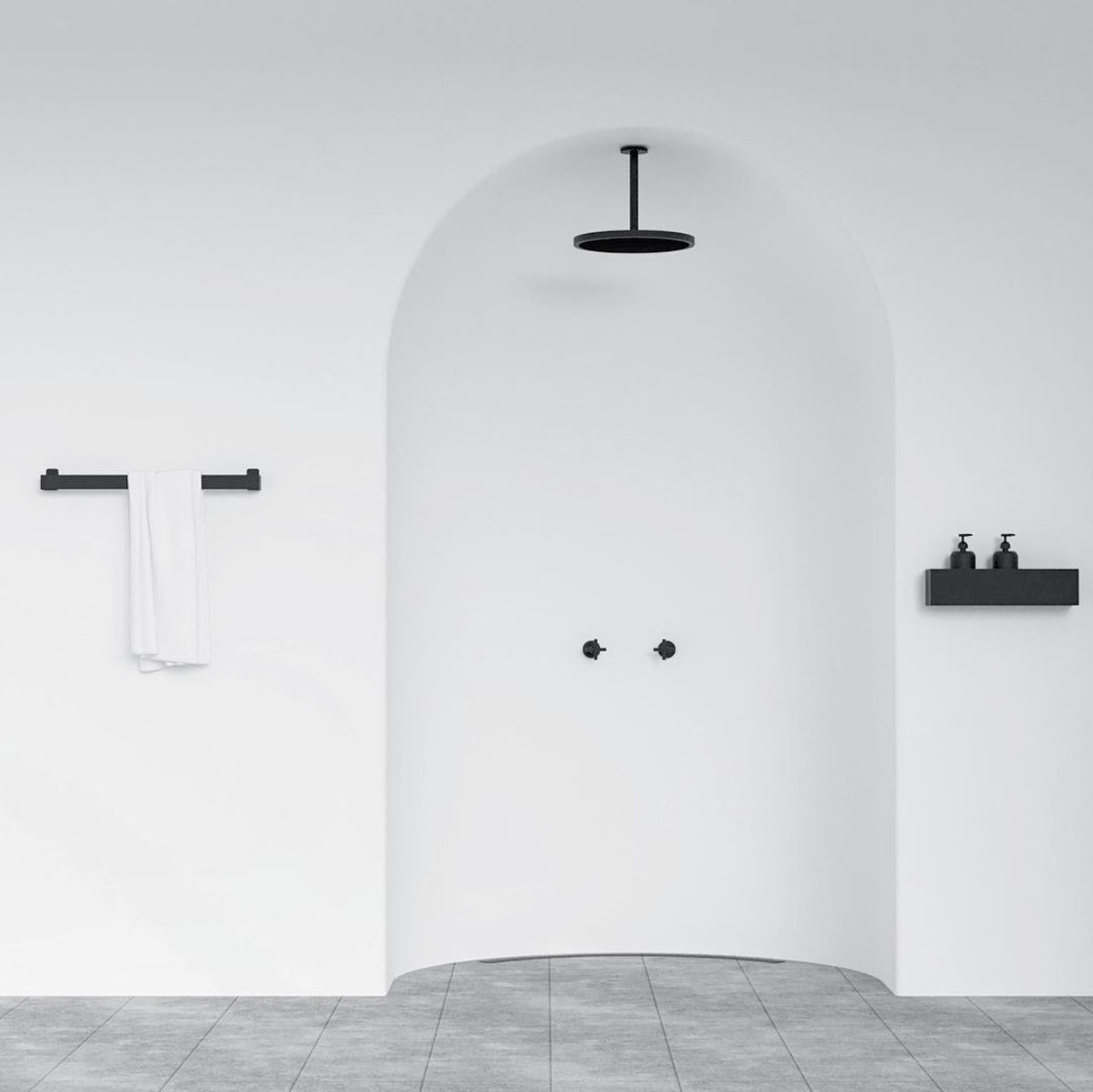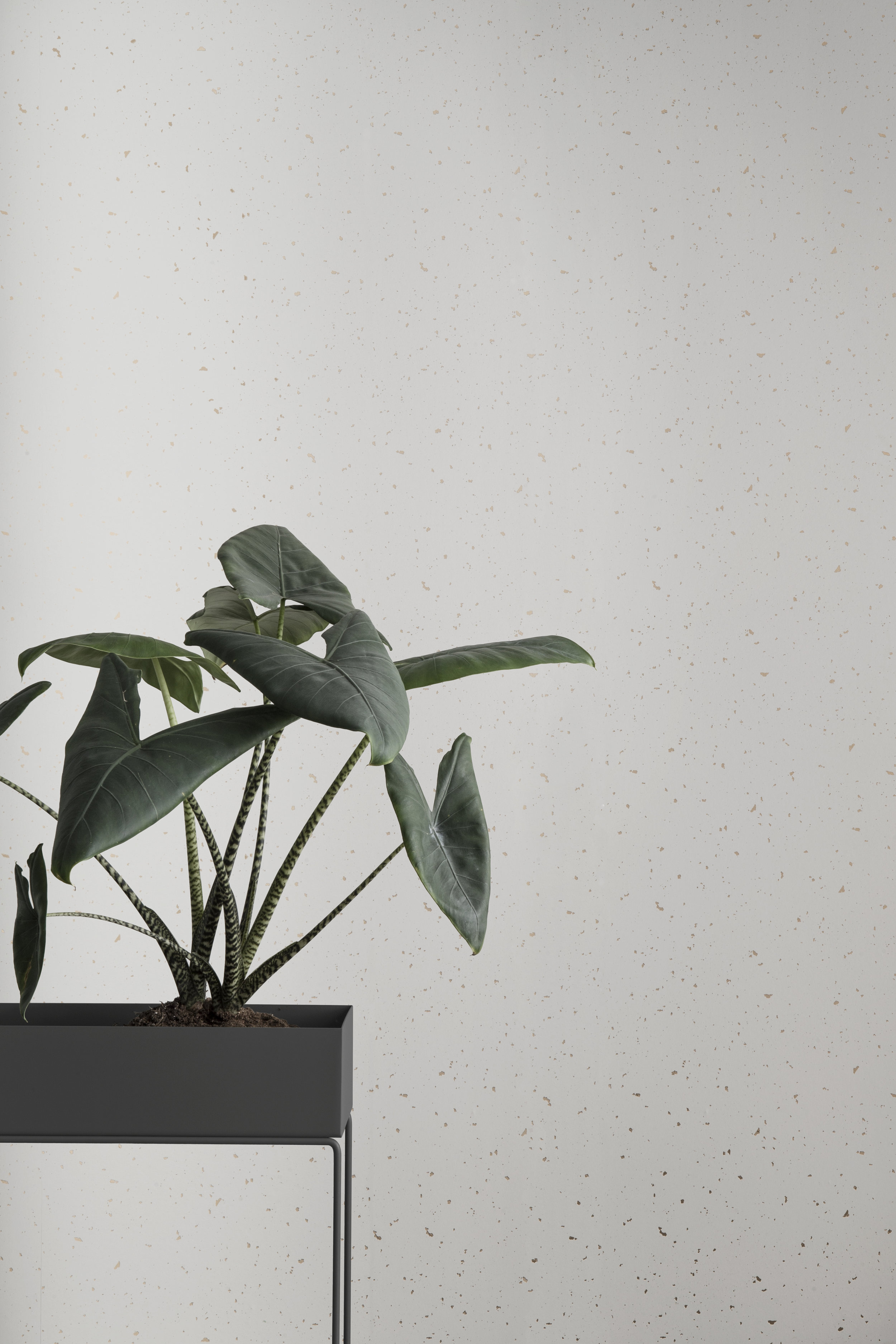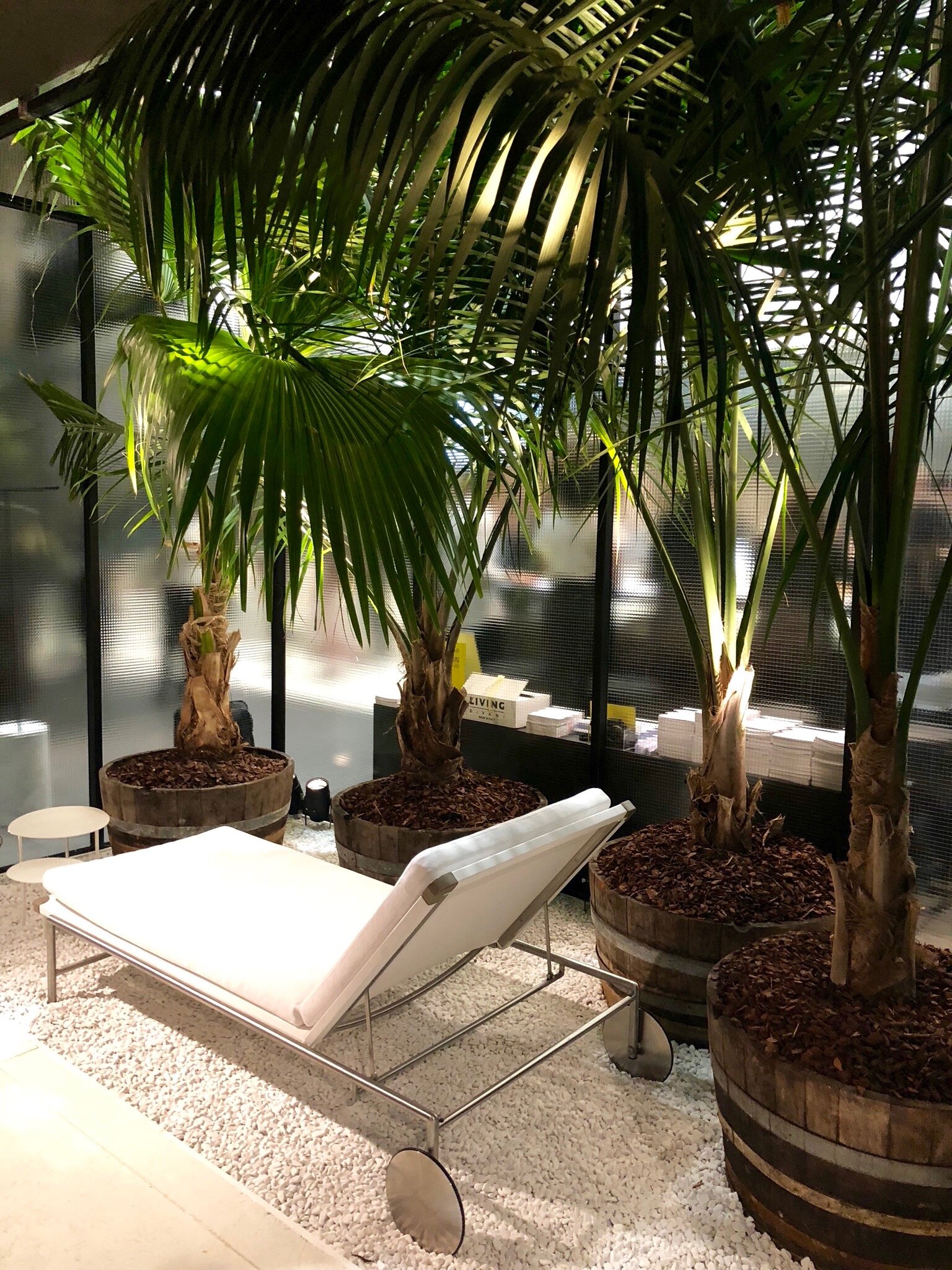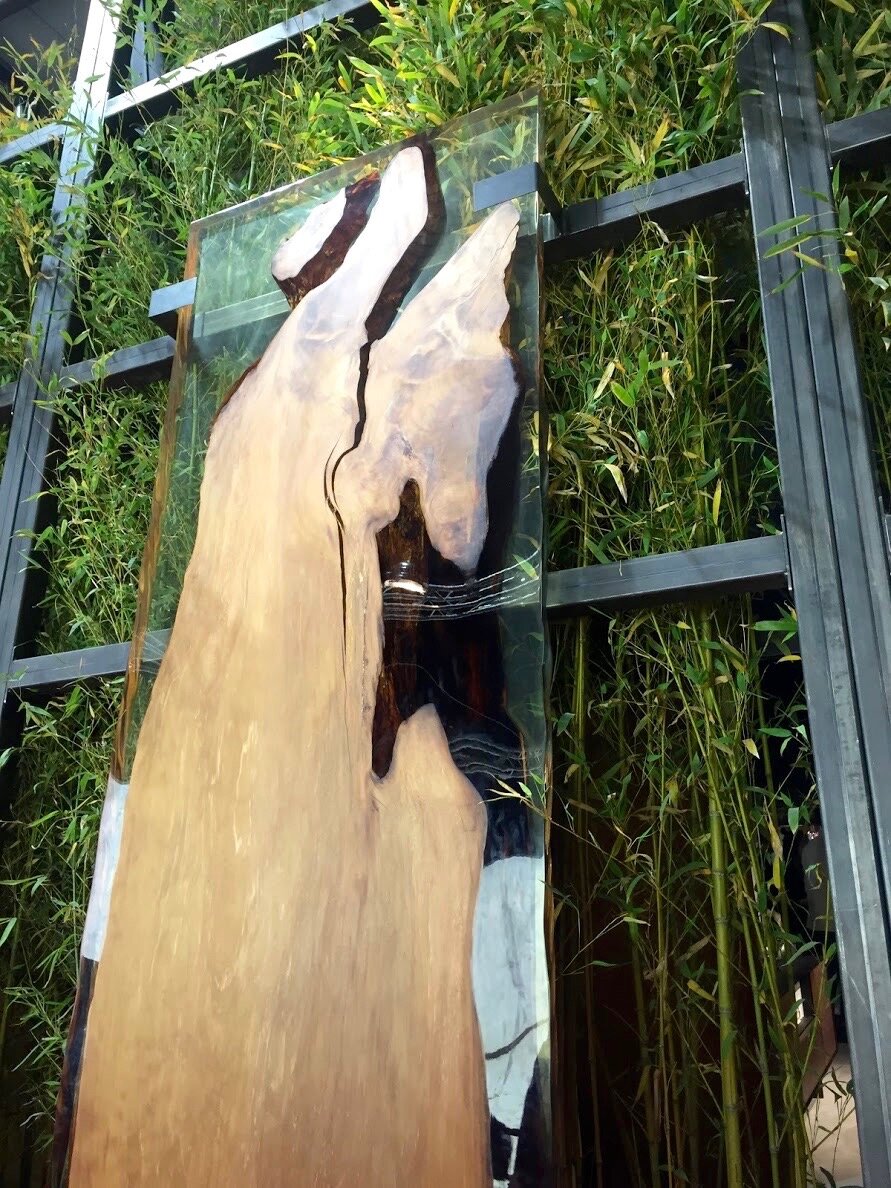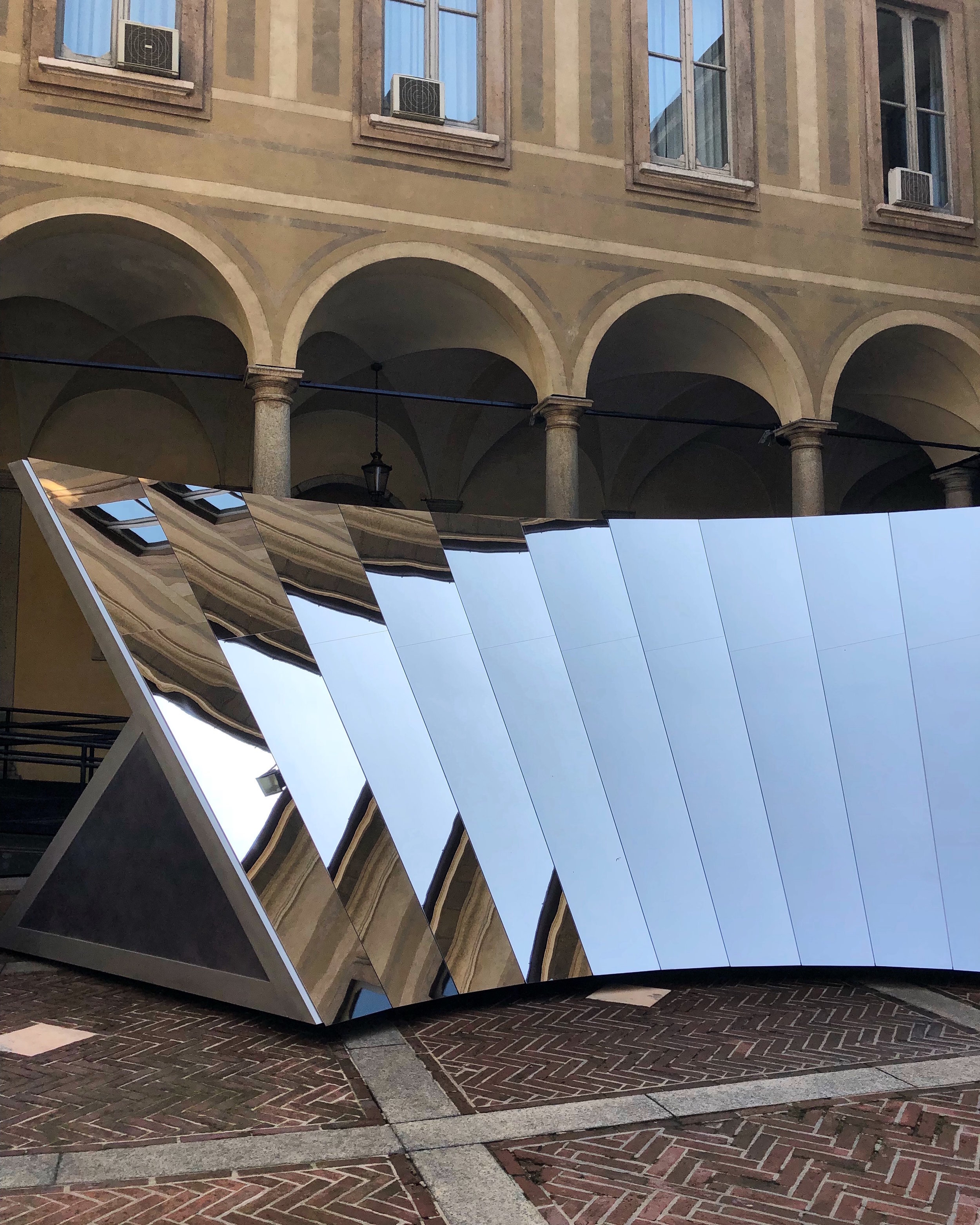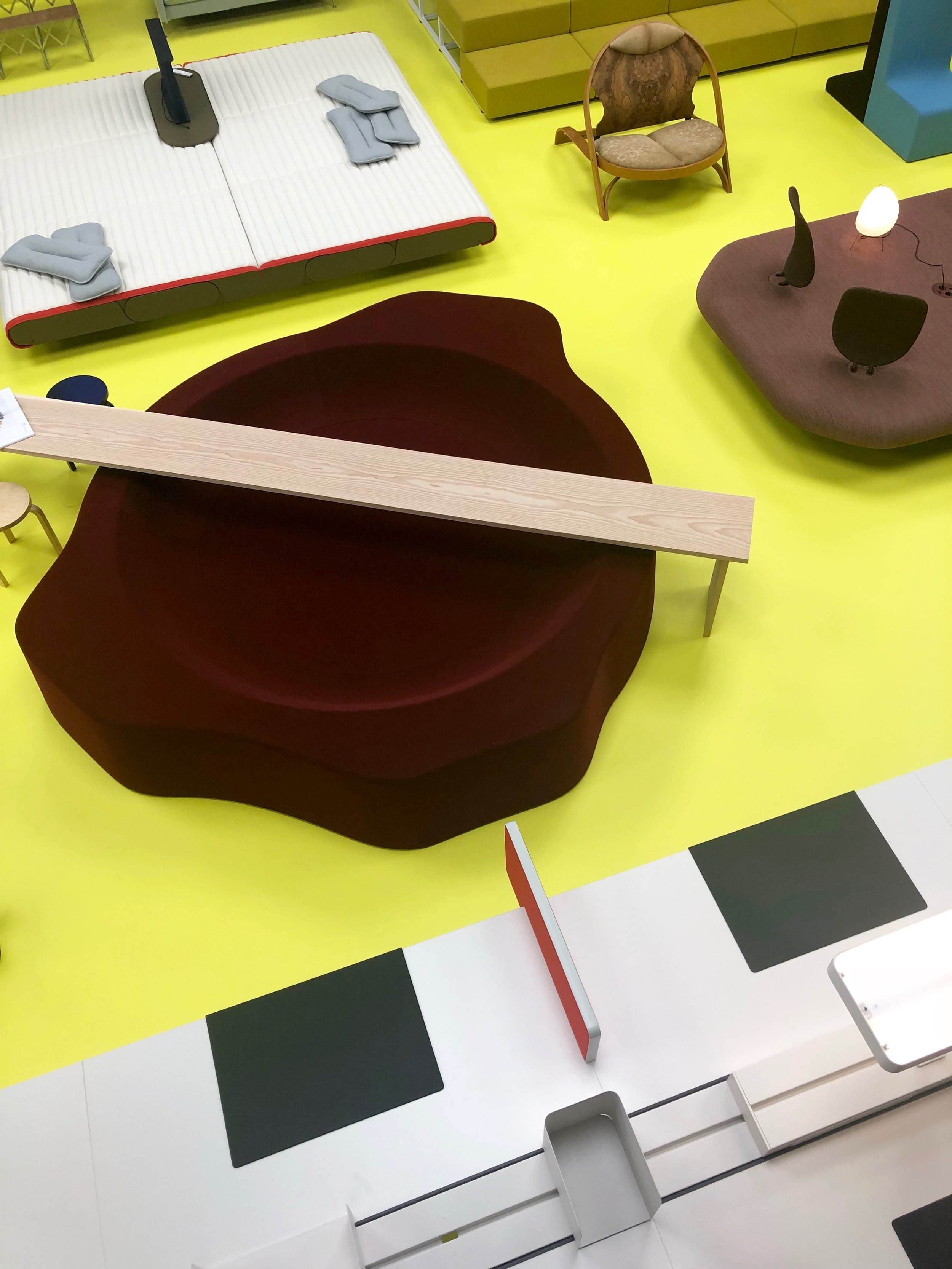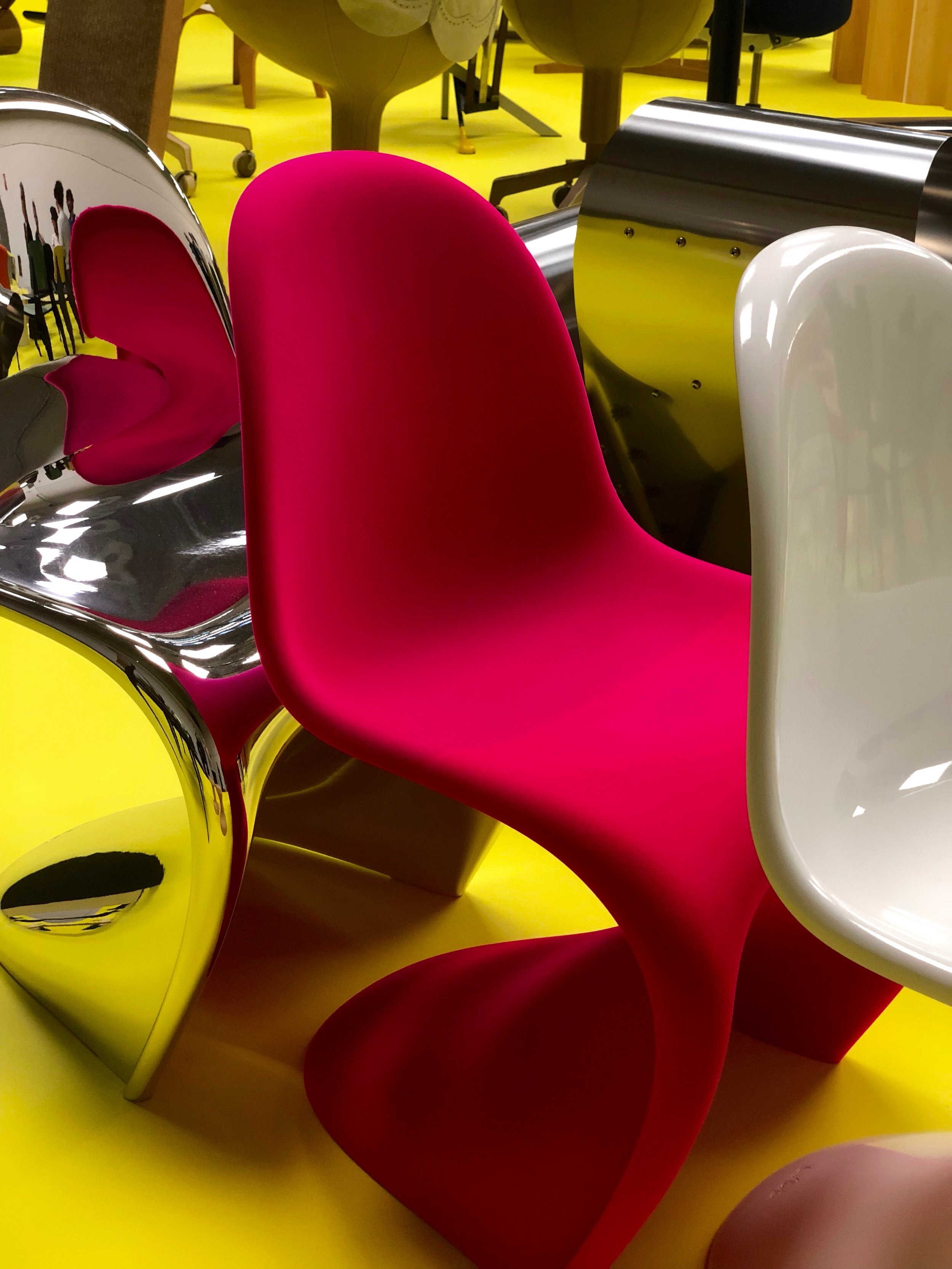Rachel Usher Follows - Our top 10 interior Instagram accounts to follow
Instagram. It’s an outlet for creativity, filled with inspiration or perhaps even escapism with the power to influence our decisions - designers included. Here’s our top 10 interior instagram accounts to follow for a daily dose of dream worthy design.
Instagram. It’s an outlet for creativity, filled with inspiration or perhaps even escapism.
Viewing the world through a screen is perhaps ‘the’ modern-day phenomenon of our time. First it was food, then fitness and now interiors and architecture are also succumbing to the influence of our ever growing relationship with digital media...
Businesses are being challenged to make their physical premises as attractive and on-brand as their digital output, styled to look their best on social media as a way of luring in followers who seek the perfect photo-opportunity. This need is reshaping the design world with Instagram now utilised by many designers as a platform for inspiration and research - not just a means to document their own work.
Here’s our top 10 interior instagram accounts that we follow for a daily dose of note-worthy design inspiration.
1.
@Gubiofficial
Gubi's dream worthy designs translate into various interior styles, from Contemporary Luxury to Mid-Century and Scandinavian styles. Their instagram is a shrine to the brands iconic designs and shows that - no matter the setting or style - the eye is always drawn Gubi's evolutionary work.
“Designs that stimulate the senses, are beautiful yet usable. GUBI is pursuing perfection with passion and courage. Evolution is the essence.”
2.
@parisianfloors
Photographer Sebastian Erras explores the world beneath us through his Instagram feed, Parisian Floors - an account like no other. Documenting the colorful floors of Paris and beyond, Erras inspires us all to start watching our step.
“Travelling the world and exploring new cultures is a passion I try to fulfil as much as I can.”
3.
@haydesign
Contemporary furniture brand Hay have rapidly become synonymous with Scandinavian design, their Instagram feed is reflective of the more playful side to this design movement and feels accessible to all - As cool and casual as the brands founders Mette and Rolf.
“We are inspired by the stable structures of architecture and the dynamics of fashion, which we seek to combine in durable quality products.”
“We celebrate destinations, journeys, processes and the smaller details of life through our imagery.”
5.
@upshotsheffield
Upshot Espresso passionately believe all of the food and beverages that they offer should be approached with integrity. Their Instagram feed is menu of delicious visuals - beautifully presented dishes and authentic daily snapshots.
“Our approach is to only brew coffee that is traceable, sustainable and impeccably roasted.”
6.
@theperfecthideaway
The Perfect Hideaway believe that travel feeds the soul and their Instagram account beautifully documents this with design-led properties for the modern traveller.
“It’s not about luxury, it’s about experience. To me, that is heavily influenced by the space itself and the people who created it, and ultimately, how it makes you feel.”
7.
@riba
The Royal Institute of British Architecture are well-known for their work supporting British Architects. Their Instagram account plays with different aspects of the design process through various types of media - Inspiring to both industry insiders and lovers of design in gerneral.
“We serve our members and society in order to deliver better buildings and places, stronger communities and a sustainable environment. Being inclusive, ethical, environmentally aware and collaborative underpins all that we do.”
8.
@cerealmag
Cereal is a bi-annual magazine about travel and style and their Instagram feed reflects this with moody contemporary snapshots of various subject matters - from dreamscapes to luxury hotels and fashion.
“Each issue focusses on a select number of destinations, alongside engaging interviews and stories on unique design, art, and fashion.”
9.
@nichba_design
Founded by Danish metalworker Nicholas . Anderson, Nichba Design utilise Instagram to showcase the brands minimalistic crittal designs which are simple and streamlined whilst honouring traditional manufacturing methods.
“Denmark is a nation of proud craftsmen and I want to represent that too. It is important to me to maintain the traditions and craftsmanship.”
10.
@thespacesmag
The Spaces is a digital publication which features inspiring residential and commercial buildings that are pushing boundaries and changing how we experience a space.
“Exploring the rich urban fabric of cities across the world, we want to inform and spark new conversations about design and property, while inspiring people to look at their environments differently.”
An indoor jungle that thrives
Keeping plants alive, we know, can be tricky. Whilst greeny offers substantial visual appeal it’s important to remember that plants, like us, are a living being with life sources needed to survive.
1.
PLANTS NEED LIGHT
For plants, light equals food. The quality of light and the intensity should be carefully considered and acknowledging the characteristics of light will help in understanding how a plant will behave within a space.
The quality of light is based upon the colour of light omitted. Plants appear green as they reflect green light, so providing more of this is useless to them as they’re unable to absorb it. Yellow, orange, red, blue, violet and UV light from the sun is needed within most plants ‘light-diet’. The intensity of light is based on the amount of light provided to the leaves, curtains, the time of day and other furniture items may all obstruct the intensity of light provided causing positive or negative reactions depending on the plant. With this in mind where plants are situated within a space should be influenced depending on each species individual needs with consideration of how much sunlight is required made before making plant selections.
2.
WATER - HOW MUCH IS TOO MUCH?
Watering plants is obviously an essential element for optimum plant health, aiding vital minerals to move to where they are needed most. How much water and how often can however be tricky to navigate.
Water provides structural support, when plants cells are filled with water they become stiff and will stand upright from watering, retaining their shape. A lack of water will cause the opposite with cells deflating and plants will give clear signs of this, appearing wilted.
Just as plants need varied amounts of light depending on their species, the amount of water needed is also dependant on the plants natural environment. Is its origin rainy and tropical or dry and hot? This simple question will help to gauge how much water is required.
A plants scale should also determine the amount of water needed. Soil is like a sponge and so smaller planters holding less soil will dry out much more quickly than larger pots retaining large amounts of soil. For larger plants let the water soak in until the soil is saturated, smaller planters will require less to avoid root rot, but require more frequent watering.
3.
PLANTS ARE SHAPED BY THEIR ENVIRONMENT
Plants are an effective way to dress a space but it’s important to remember that they aren’t a piece of furniture, they’re a living organism and so putting plants needs first is a must. Consideration for the space as a whole is needed when trying to recreate the plants natural environment as is the changing environment of a space throughout the seasons. Window sills which are sunny in the winter most likely won’t obtain an abundance of light by winter time and so as the seasons change, so to should the location of indoor plants.
Most houseplants require an element of humidity, tropical plants in particular, and so placement near air conditioning units or radiators should be avoided. In short, plants decide where they are positioned.
For an indoor jungle to thrive think of plants like people; they need light, water and a well needed change of scenery from time to time...
The power of plants; why all people, should be plant-people
Indoor botanicals offer us more than a picturesque aesthetic. We explore why embracing plant-pot-parenthood is not only good for a space’s design but also the body and soul.
Our human desire to connect with nature is not a ‘trend’, it’s a true biological need . In recent years scientific studies have shown undisputed correlations between the great outdoors and it’s calming effects, even when exposer is only brief. The age-old cure for feeling low has always been to get up and go outside, which most will recall does indeed work wonders, reducing mental fatigue and stress whilst increasing self-esteem. We all seek to connect with botanicals in their natural environments but in our modern lives most of our time is spent indoors and so greenifying interior spaces is undeniably important .
Plants add life to sterile workspaces, reducing noise levels whilst providing privacy. As a result indoor greenery utilized in these spaces has been proven to encourage concentration and creativity. As well-being improves and employees take less days off work due to illness, overall productivity subsequently increases.
The leaves of plants absorb and reflect noise, a benefit which throughout history has been utilised within exterior horticulture design, reducing noise in busy cities from transport and nightlife. More recently this concept has transferred into interior spaces with plants cleverly combined to reduce background level noise, sound-breaking to creating a tranquil environment.
Air pollution is an issue we all face every day and not just outside, we’re surrounded by unclean air in our workplaces and homes too. Sick Building Syndrome is a term often associated to this, used to describe sudden symptoms or illnesses by people who are otherwise healthy yet experience various health disorders when at work in large commercial buildings - symptoms in these cases usually disappear when employees are away from the building and reappear when back at work. It’s not just commercial buildings either, the compounds causing these effects can be found in almost every home.
Plants clean indoor air by absorbing harmful toxins, increasing a spaces humidity and producing the all important lifesource we need; oxygen. Purifying species such as snake plants, pothos, birds nest ferns and philodendrons are all ideal options when utilising plants in the fight against polluted environments.
Considering the power plants have on our daily lives, as well as human existence overall, it's difficult not to embrace them in our homes and social spaces. Keeping plants alive however, we know, can be tricky. Whilst greenery offers substantial health benefits and visual appeal it’s important to remember that plants are a living being, with life sources needed to survive too. Follow us here as we explain how to create an indoor jungle that thrives...
Milan moments; Our highlights from the world’s most influential design week
Each year the eyes of the design world firmly fix on Milans prestigious Salone del Mobile, the busiest design week on the interiors calendar. This year, we headed over to Milans creative districts ourselves, in search of the latest inspiration from the exhibition itself as well pop-ups, installations and more.
Milan's Salone del Mobile is an unmissable event.
It’s the busiest design week within the interiors calendar, on an international level, showcasing and celebrating creativity, innovation and quality in equal measure. Noting just six top highlights from the world’s most influential design week was, quite frankly, difficult but you will see one common characteristic found throughout this years showcase; the revival of an objects narrative value.
1.
Wallpaper Handmade - a world of wellness
Wallpaper magazine’s iconic installation dedicated itself this year to curating a sanctuary for the self with ‘Wellness and Wonder’; a specially commissioned collection of designs by skilled makers from across the globe.
British design studio Pinch London were a particular highlight, a brand created to enhance our daily lives with a core focus on warmth, substance and most importantly the human experience. Aiming to encourage and enable users to live well through carefully crafted design, Pinch showcased the new ‘Elan Armoire’ cupboard which utilised dynamic marquetry techniques to create a truly considered design inside and out. The British brand are also able to colour match to all Paint & Paper Library colour references for those in favour a monochromatic interior scheme...
2.
Nature invading
Interior botanicals have grown and multiplied - an organic progression for the plant trend that’s become a mainstay in most homes. The use of large-scale tropical plants, grouped and clustered, could be seen almost everywhere with a clear focus towards architectural styles, something previously highlighted during our visit to Tom Dixon’s, The Coal House.
The continued relevance of nature is based on our experience with greenery itself, which is instinctive, garnering dramatic effects on our emotional wellbeing and reducing stress; whether that be at work or in a home environment. We’ve already made a conscious effort to grow our own indoor-jungle at the studio, utilising nature to curate an impactful visual with holistic benefits.
3.
Cos X Phillip K Smith III - Open Sky
The sensory reactions of light, space and colour formed the basis of this years Cos collaboration with artist Phillip K Smith III. The immersive installation mirrored the structures Italian-renaissance surroundings at the Palazzo Isimbardi but also a 360 degree view of the sky; a meditative tribute to the world around us viewed with an ever changing perspective.
As a brand Cos consistently focus on the sensorial elements of tactility, modernity and functionality and these core values were clearly presented within Open Sky, curating a considered and unique experience.
4.
Minimalist lighting
The word ‘minimalism’ denotes a visual mood board of clean lines, monochromatic palettes and brutalist architecture however the true meaning is not an aesthetic…
Do our possessions offer purpose? That’s the question on every minimalists lips, a key sentiment apparent throughout a variety of the brands presentations this year with lighting in particular utilised as a tool rather than as a statement. Hidden LED lights behind mirrors or within cabinetry were cleverly combined with directional lighting, designed with function at its very core. Where pendant-lighting statements were made the forms were large but notably simple, even within British designer Lee Broom's latest product launch - titled 'Observatory'. Presented within an equally pared-back installation, each design played with sculptural and spherical forms, with mirror-polished finishes in modular systems, allowing the lighting sculptures to be built according to a spaces needs.
5.
Vitra - Typecasting
The iconic Vitra, a brand well known for its collaborative design ethos with design greats such as Charles & Ray Eames, George Nelson, Jean Prouve and Ronan & Erwan Bouroullec hosted Typecasting; an assembly of iconic, forgotten and new Vitra classics.
The opening party, held the evening prior to Milan’s Salone Del Mobile official opening, provided an exclusive and expansive view of Vitra's past, present and future. The curator of the exhibition, designer Robert Stadler, emphasised the social role furniture plays in our daily lives, of chairs in particular, exploring why identifying oneself with particular objects is essential for cultivating and projecting an individual self-image. The collection was split into various ‘profiles’, defined by the product’s characteristics and function. The 'Communals' profile was particularly interesting, a collections of objects designed to invite people to gather, share and communicate.
6.
Textual togetherness
Change is underway in global premium-living. In a constantly evolving world our homes social capabilities have become increasingly significant. The current mood of ‘Togetherness’ was consciously considered within the textured elements showcased this year, from modular sofas to silky high-pile rugs; comfort and customisation were consistently key.
Possibly the most refreshing considerations however were made within upholstery. Dining and lounge chairs were presented without the formalities normally associated to them, embracing suedes, finishes loose and gathered, for a more inviting and comforting experience.
The German brand, Rolf Benz, like us believe that a home is not a place, it’s a feeling - which is possibly why they’re contemporary, biomorphic concepts felt so inspiring to us.




